Yes, this is how these frogs always look! The species is only found on the southern slopes of the Cape Fold Belt in South Africa at elevations of up to over 1,000 m. Since the Black Rain Frog is a burrowing species, it inhabits fynbos and forest fringes and doesn’t even need the presence of open water!

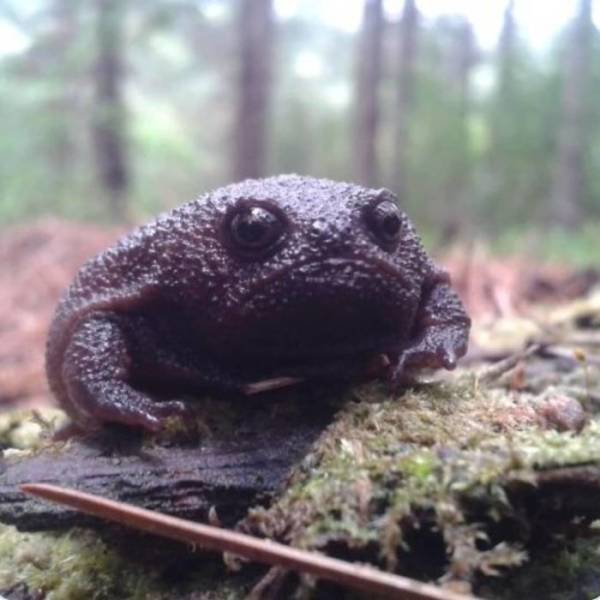
When the Black Rain Frog feels disturbed and threatened, it will puff up and enlarge its body, adopting a more aggressive behavior.
But that doesn’t mean that the Black Rain Frog hates company. On the contrary. Come mating season, the female will secrete a sticky substance on its back to keep the male from falling off; this is known as adhesive amplexus. It literally refuses to let go of its partner.
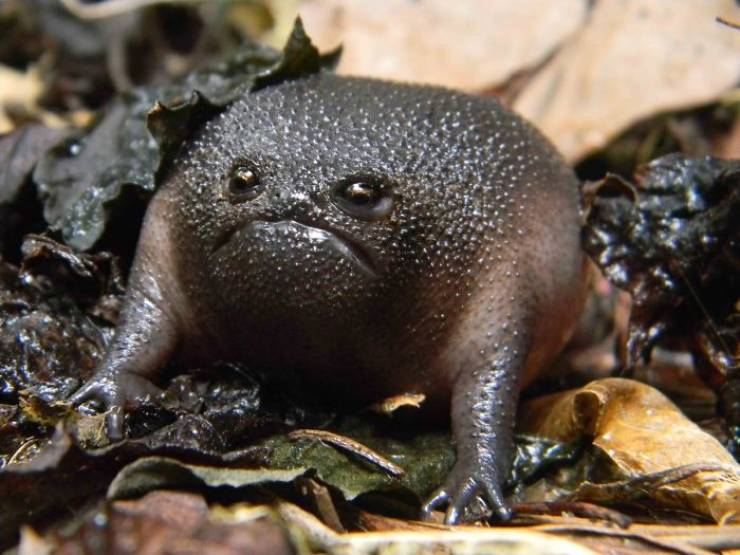
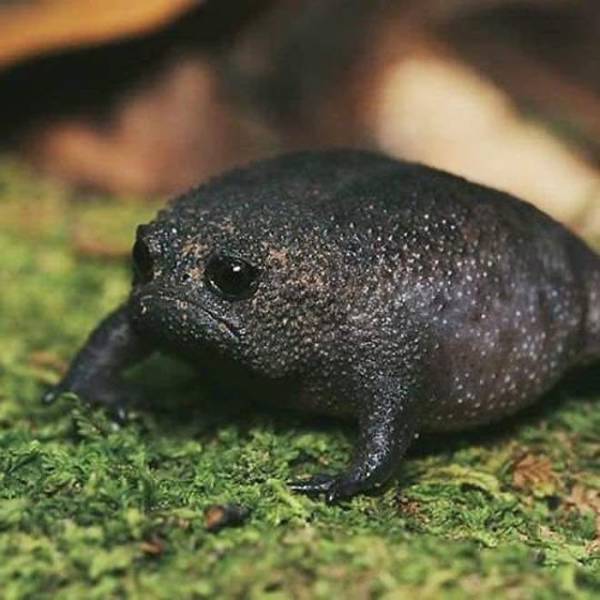
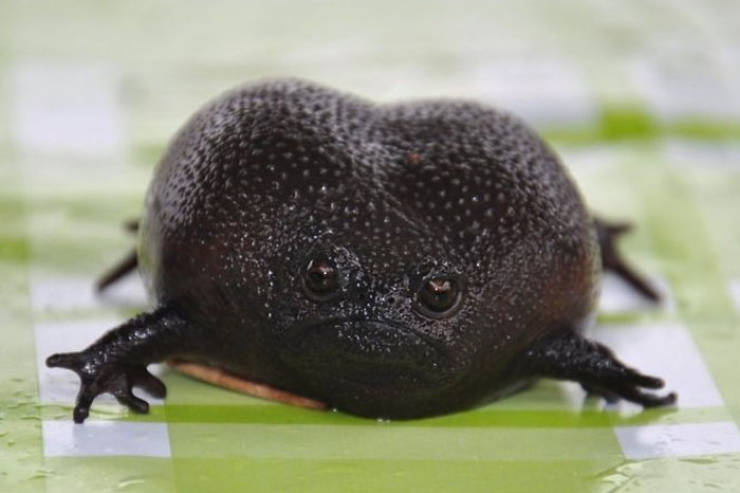
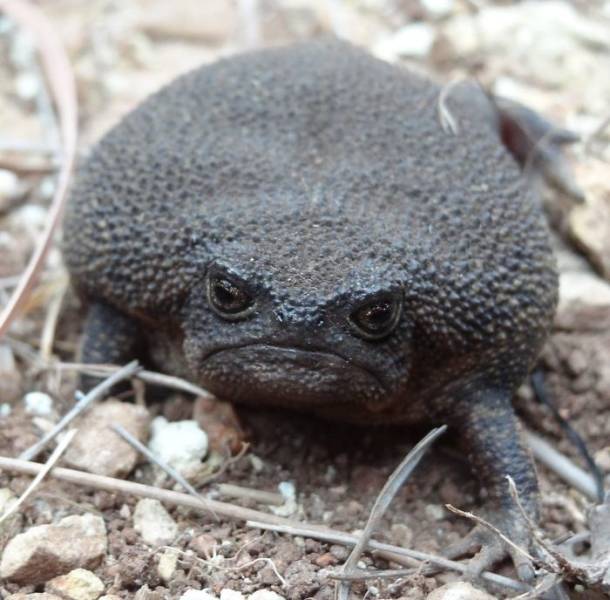
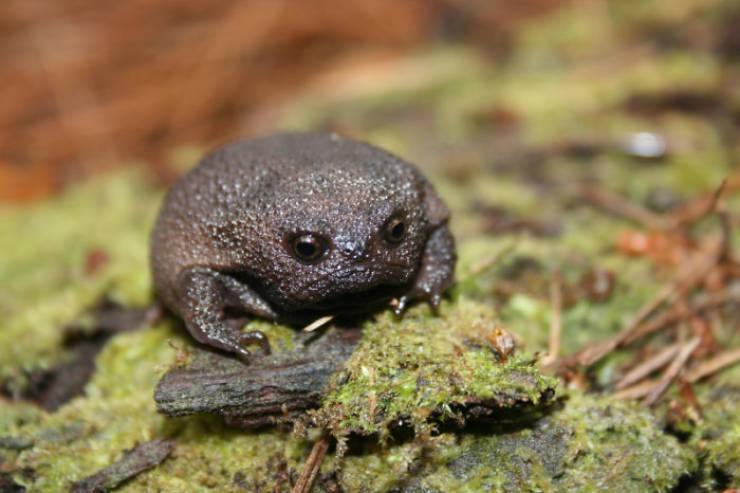

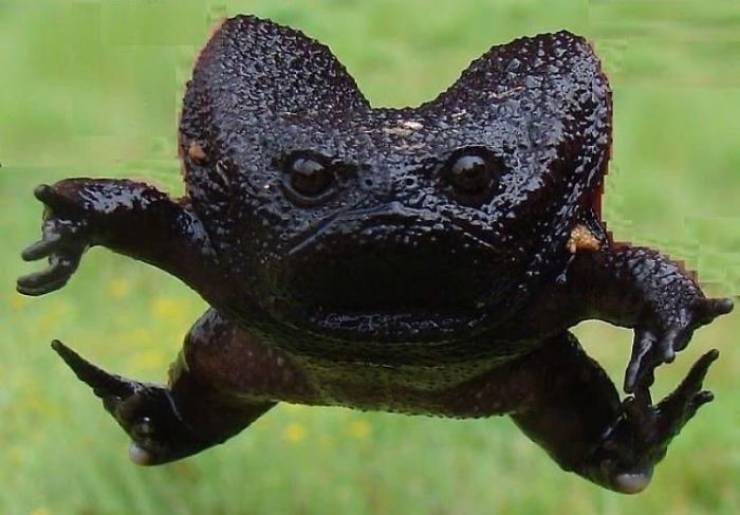
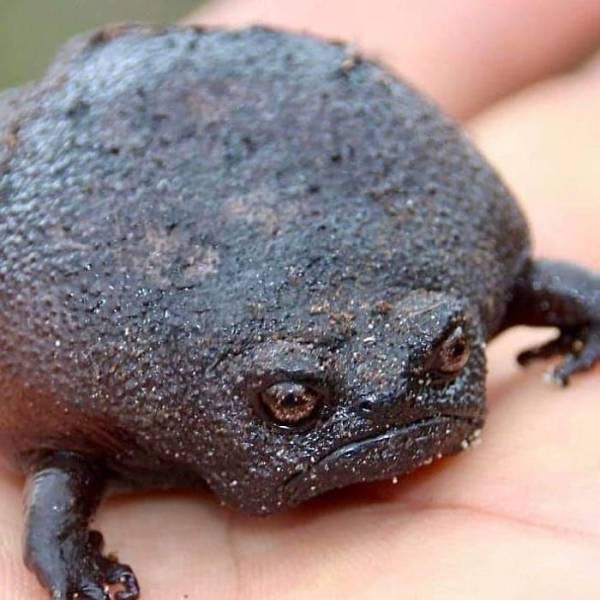
Just listen to this little buddy
It has flanges on its back feet that act as little diggers to more easily navigate its coastal terrain.
The small patch of the world that they inhabit is prone to sea fog, which keeps the sand moist in an otherwise arid region. They have a patch on their bellies that is not only transparent but also has numerous blood vessels and capillaries through which they can absorb water directly from the sand.
As cute as it looks, it’s the desert rain frog’s ferocious roar that really made a name for it. While every frog species has a unique call, this one goes all out in defending its turf, as wildlife photographer Dean Boshoff bravely discovered when shooting at the dunes along Port Nolloth in the Northern Cape province.
 Barnorama All Fun In The Barn
Barnorama All Fun In The Barn